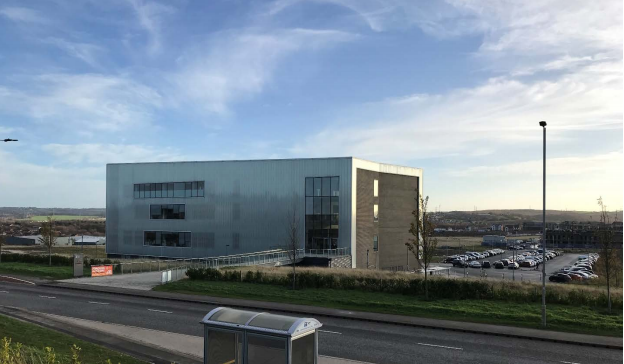Our educational system is designed to provide age-appropriate learning from kindergarten through graduate school recognizing the human brain development cycle from birth to age twenty five. Age-appropriate education is critical at a young age, but as a student matures specific goals of attainment begin to blur with the recognition that some students are more gifted, while others have unique interests and stimuli. Traditionally, in the design of educational space, these lines have been clearly defined, “K-12 architecture” and “Higher-Education architecture” ignoring this blended learning that occurs as students mature. Recently, recognizing this diversity of thought, progressive secondary educators are demanding more specialized and integrated learning models including STEAM/STEM facilities and Career Technical Education (CTE) programs allowing students to grow and focus more quickly. Concurrently, post-secondary educators are also aligning their programs to reflect closely real world workplace and industry environments, which is a shift away from traditional liberal arts classroom spaces. As the price of a four-year university degree becomes cost prohibitive for larger segments of American high school graduates, there is increased awareness and understanding of alternatives to career and salary achievement at lower price points. Fueling the growth is a distinct movement towards post-secondary middle skill jobs, traditionally overlooked by high-school graduates but becoming more desirable in recognition that these skills provide readily available, high-paying jobs upon graduation. These in-demand career opportunities with lower financial barriers are fueling a new design and educational paradigm for secondary schools, universities, and industry alike in the MIDDLE of higher education.
View the full Report here.

